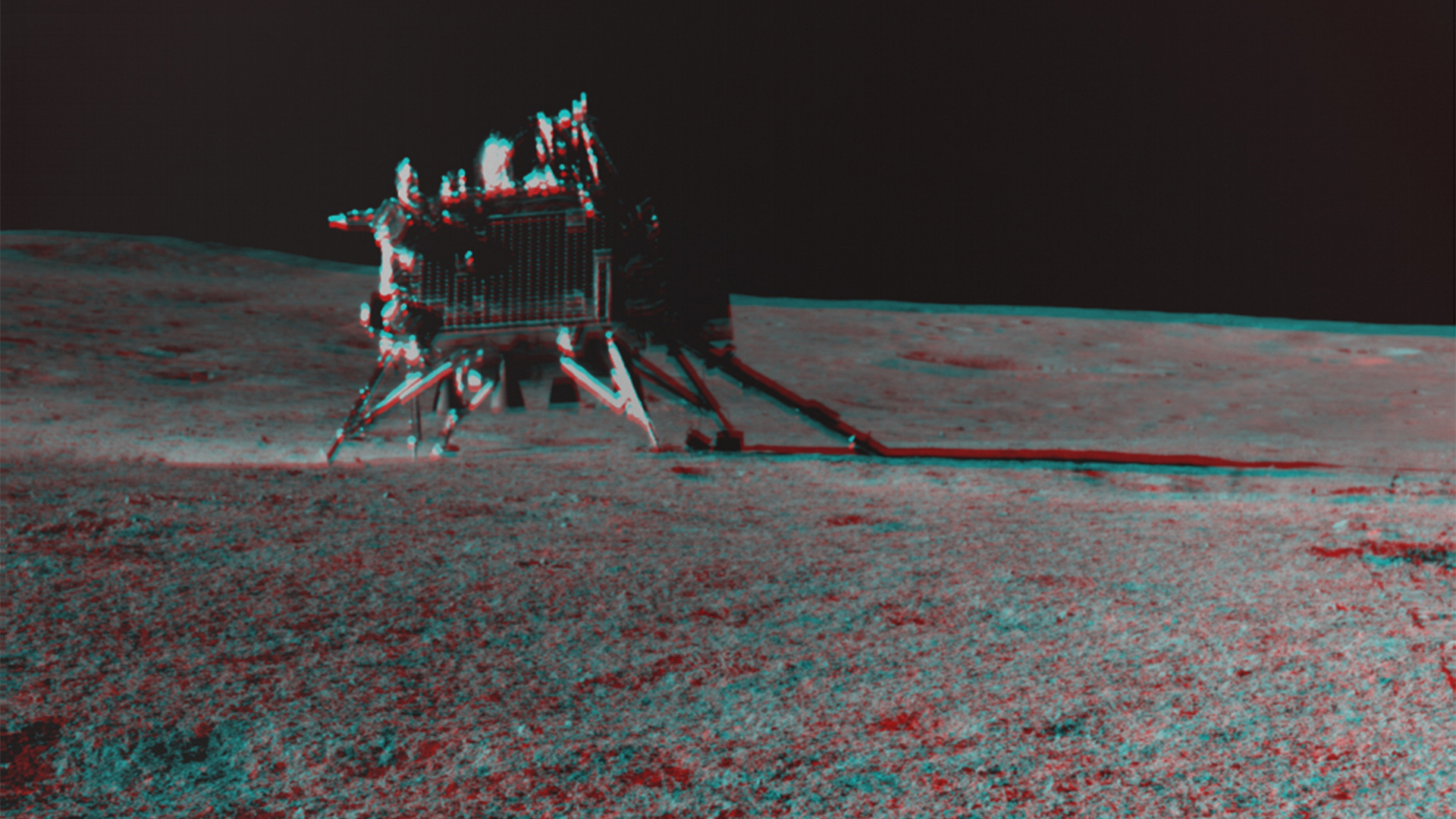
Jeffrey Gillis-Davis
Dr. Gillis-Davis combines experiments, remote sensing, and sample analysis to study the geology of the Moon, Mercury, and asteroids.
He has mapped the composition and morphology of the Moon and Mercury as a science team member of three NASA missions: Clementine, Lunar Reconnaissance Orbiter Miniature Radio-Frequency team, and MESSENGER. To examine a process known as space weathering, he uses lasers to replicate the impact of dust-sized particles on the surfaces of these airless bodies. These tiny but incredibly fast (between 18,000 and 54,000 km per hour) particles constantly rain down on planetary bodies without an atmosphere – These same small particles are what create a meteor (aka shooting star) when they enter Earth’s atmosphere. These dust-sized particles release incredible amounts of kinetic energy when they impact the surface of an airless body. The released energy transforms minerals into glass and can destroy ices or lead to intriguing chemical processes – e.g., transform molecules of water (H2O) ice and carbon dioxide (CO2) ice to methane ice (CH3). Jeff leads a national and international team of researchers who study the complex processes and environments that determine where ice will be, how it may be modified, how water was delivered to the Moon, and its active water cycle. This team is called the Interdisciplinary Consortium for Evaluating Volatile Origins (ICE Five-O), which is one of NASA’s Solar System Exploration Research Virtual Institute (SSERVI).
Latest articles by Jeffrey Gillis-Davis
Get the Space.com Newsletter
Breaking space news, the latest updates on rocket launches, skywatching events and more!

